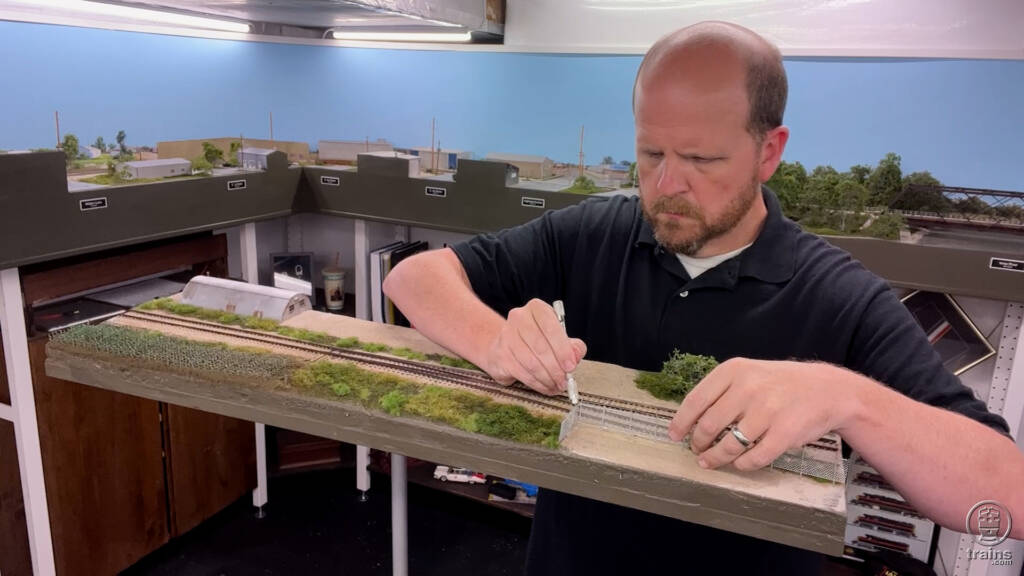
Explore the transformation of the Hills Line Substation module as real-life elements are incorporated, turning it into a recognizable and authentic prototype location. Join James McNab on this episode as he adds signature elements, including a farm storage Quonset hut, a cornfield, and a chain-link fence. Learn about the meticulous process of detailing structures, weathering, […]
Read More…
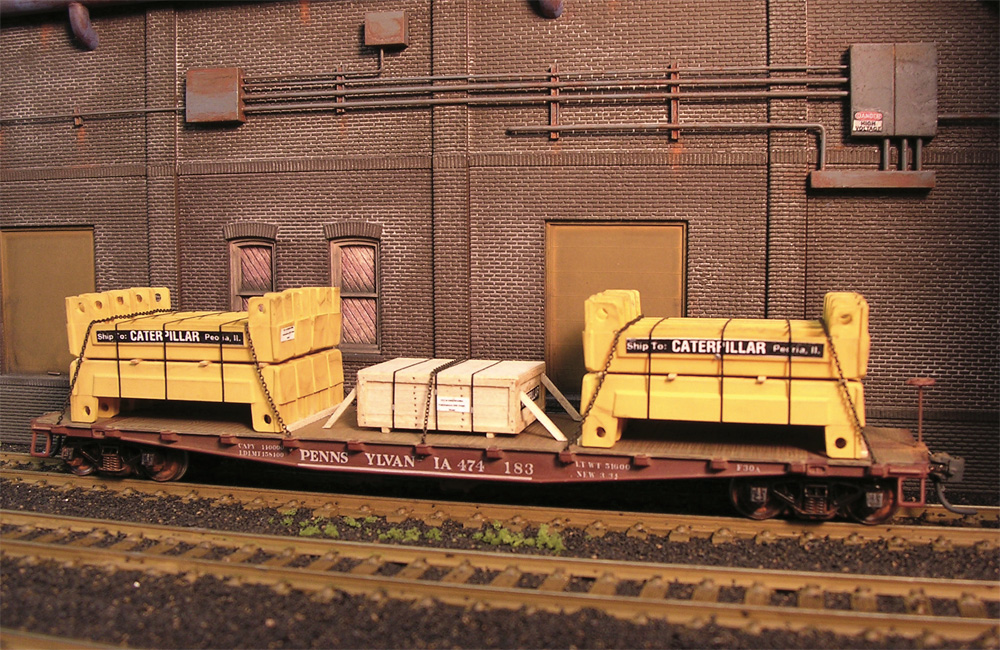
Q: I’m putting together some loads for flatbed and open gondola cars consisting of objects like pipe, wood, basically long straight pieces about half a car length in length. What would I use to model steel strapping to hold the loads together? I work in HO scale. — Rich Bond A: The easiest and best-looking solution […]
Read More…
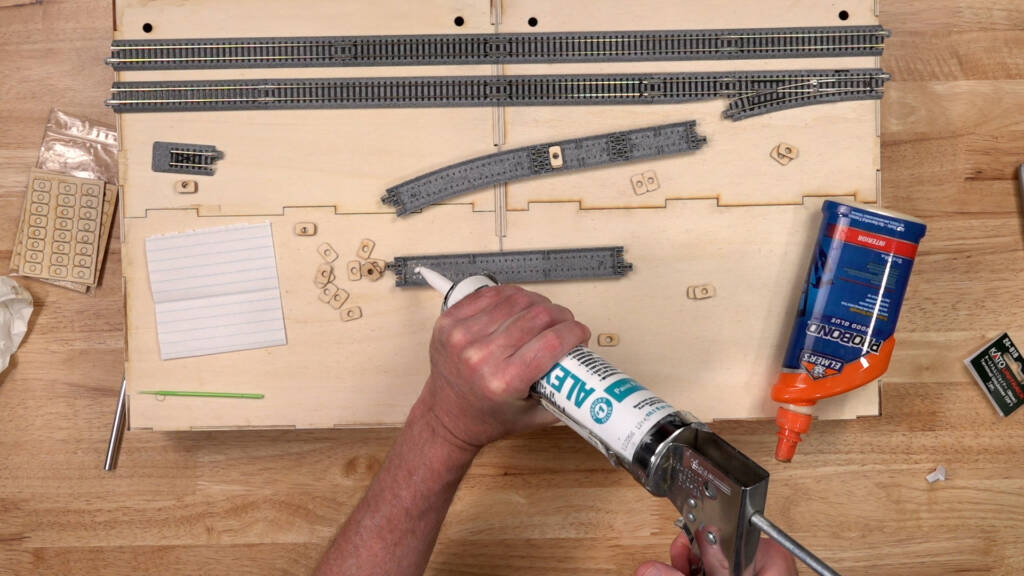
The all-new T-Trak modular N scale (1:160) layout construction series continues with Host David Popp demonstrating how to add trackwork to the assembled laser-cut micro-plywood frame. In this episode, David covers Kato Unitrack basics; how add track to a “double module”, including turnouts; and install track feeder wires. […]
Read More…

Hardscaping, the subset of landscaping that includes outdoor paths, walls, and other things not made from plant or soil matter, can enhance the setting of many garden railways. Railway sites are also easier to maintain if they are elevated. I recently built a retaining wall for my railroad, the JS&A. The wall defines the railway […]
Read More…

In this all-new instructional video series, Host David Popp explores T-Trak, a modular system for building tabletop layouts for model railroads. Whether you’re a seasoned model railroader or a beginner, T-Trak offers a portable and space-efficient solution. The modules are typically in N scale (1:160), and David demonstrates the assembly of a kit from RSA […]
Read More…
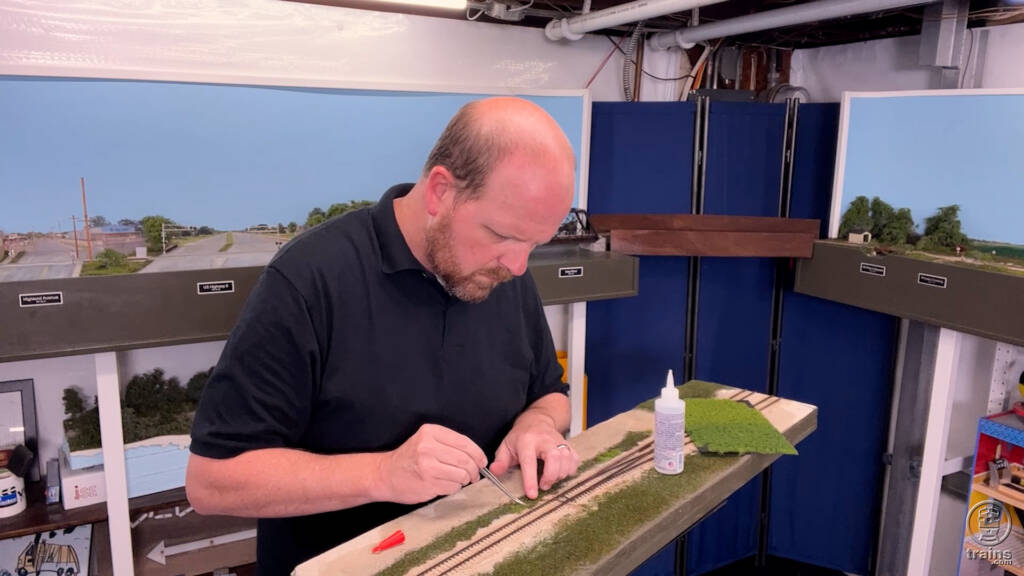
In this episode, Host James McNab details the process of scenery reconstruction for the Hills Line HO scale module. Beginning with the application of a base layer using static grass and ground foam, James shares techniques for adding rock, gravel, and dirt textures, along with planting grass scenery products, including trees and shrubs. Finally, he […]
Read More…
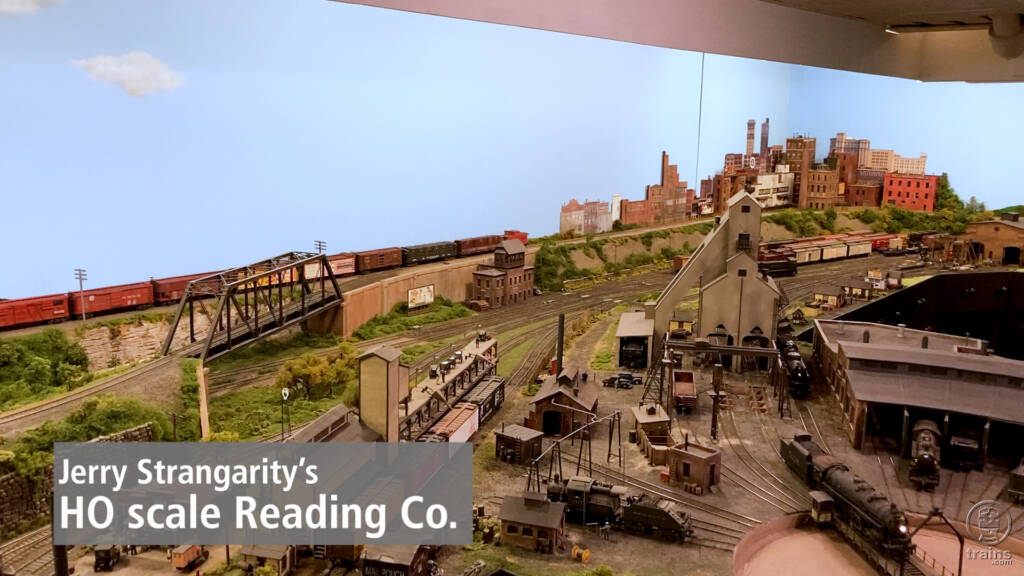
Jerry Strangarity’s Reading Co. in HO scale last appeared in the November 2010 issue of Model Railroader magazine. Since our last visit, he’s completed three more scenes on the layout: West Philadelphia, Reading/Hamburg, and Birdsboro. Enjoy this video showing a mix of steam and diesel locomotives running through eastern Pennsylvania in the 1930s and 1940s. […]
Read More…
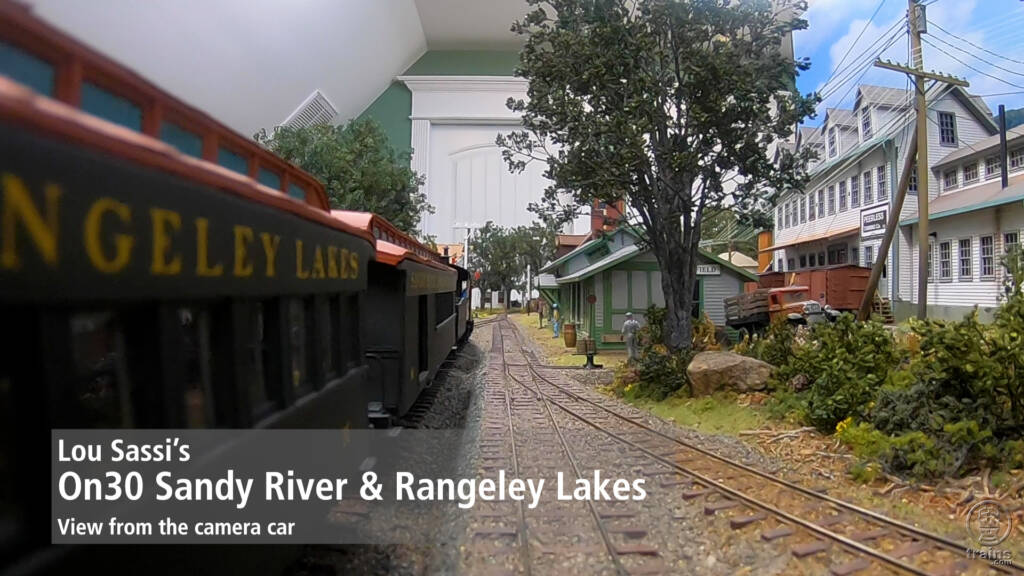
Take a ride along the rails of Lou Sassi’s On30 Sandy River & Rangeley Lakes model railroad, as SR&L No. 15 shoves an extra train hauling a GoPro Hero 6 Black action-camera. To learn more about how Lou scratch built the camera car used to capture these stellar low-angle views, be sure to read the […]
Read More…

Four years after the Budd Co.’s Rail Diesel Car made its debut in 1949, Auburn Model Trains announced the first O gauge model. This firm traveled the simplest path in 1953 when it installed a motor inside the shell of one of its streamlined passenger cars. AMT released Rail Diesel Cars in four road names. […]
Read More…
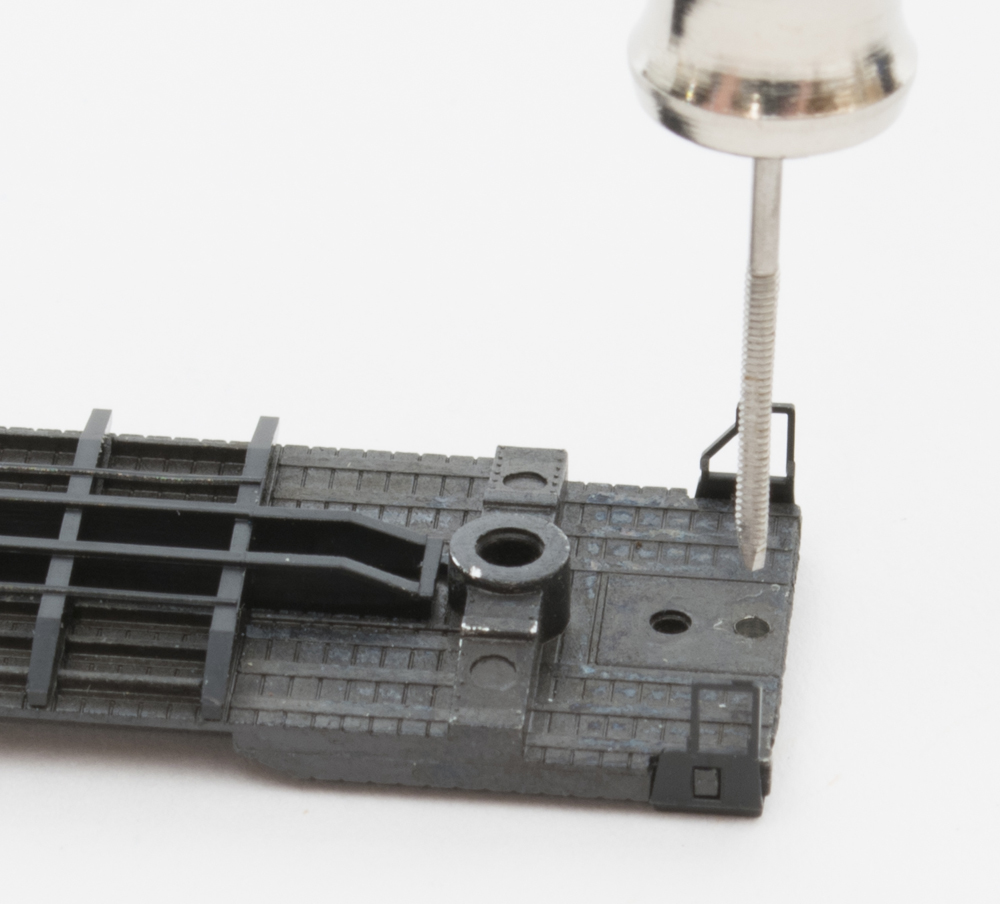
Prototype locomotives and freight cars have body-mounted couplers, but that hasn’t always been the case on N scale models. Truck-mounted couplers were the standard for many years. Today, almost all N scale locomotives and most newly tooled freight cars have body-mounted N scale couplers. The primary reasons for making the switch from truck-mounted couplers to […]
Read More…
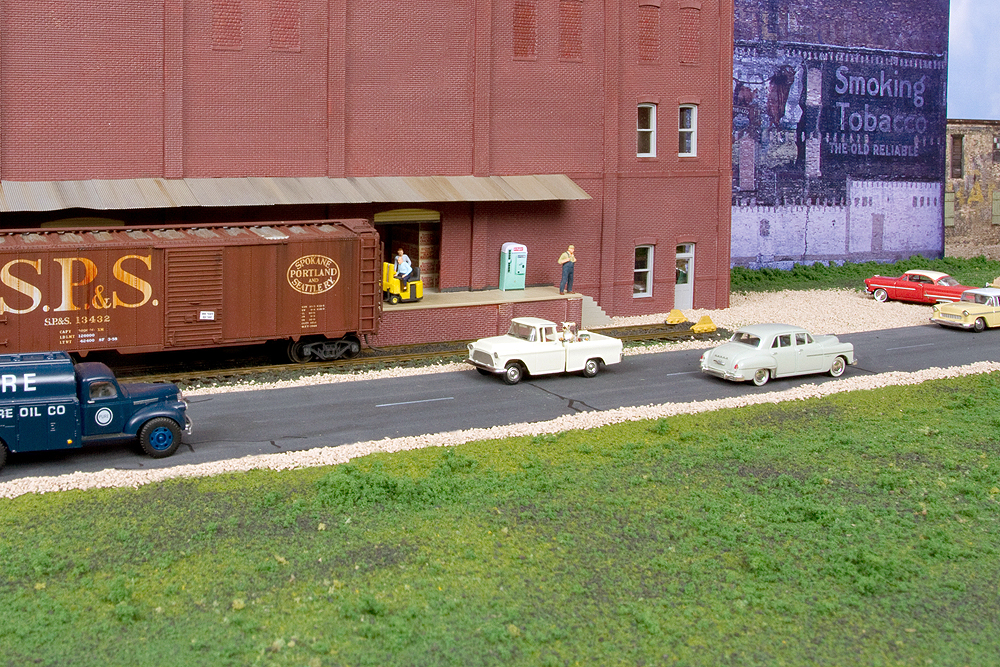
What is ground foam for model railroad layouts? When I first came across this phrase, I thought it was foam that was to be used on the ground, that is, for dirt, grass, and weeds. Then I cottoned on – it’s foam that’s been ground up! So, why would people grind up foam? Well, it […]
Read More…
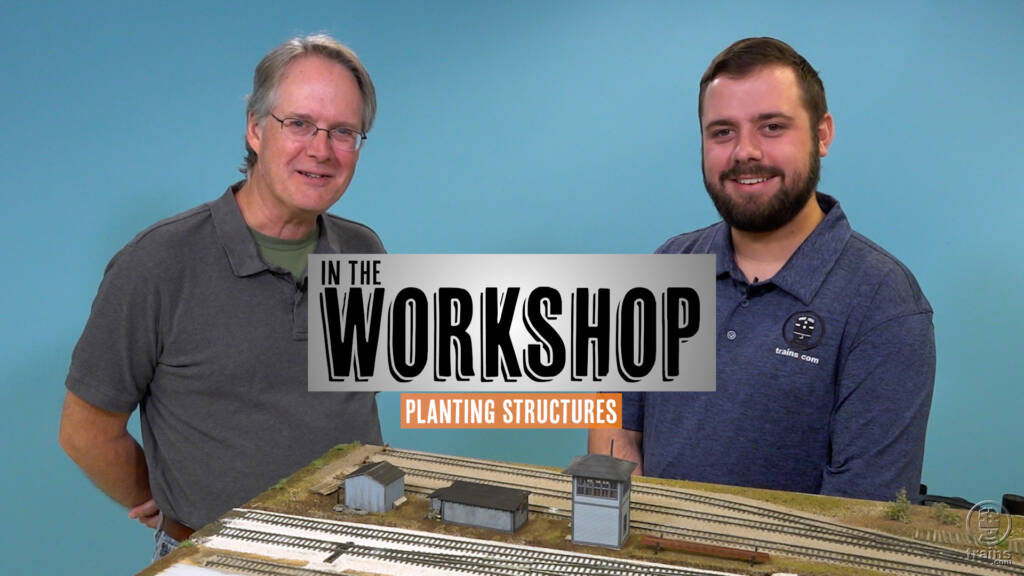
Learn how to seamlessly integrate model buildings into your train layout. Discover techniques for adding realistic dirt, gravel, and ground cover to establish a firm foundation, free of visible gaps, for nearly any structure. Also be sure to follow the exclusive In The Workshop series for tips, tricks, tools, and clever insights, as demonstrated by various members of Trains.com […]
Read More…












